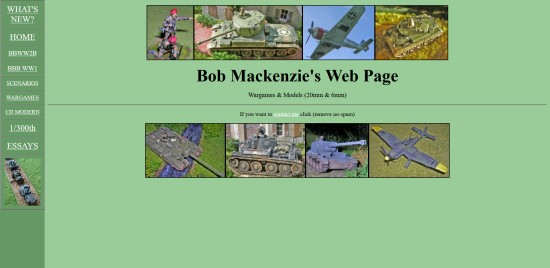
The Dramatic Story of China's War on Foreigners That Shook the World in the Summer of 1900
436 pages. Occasional black-and-white photos, art and maps throughout. Acknowledgements, Notes and Sources, Bibliography, Art Credits, Index.
On a recent visit to the local library, I saw this book featured on a table display and brought it home with me. To my bemusement, it's not a new release – it was published in the U.K. in 1999 as Besieged in Peking, and in the U.S. in 2000 under the current title.
This book covers the Boxer Rebellion of 1900, focusing on the siege of the foreign legations in Peking, but also covering the military efforts to rescue the hostages.
The Boxers – so called because of their devotion to mystical martial arts believed to make them invulnerable in battle – were peasants loosely organized into militias. New technologies – the telegram, the railroads, and steam-powered river transport – threw many Chinese out of traditional jobs, just as famine struck northern China. The Boxers were convinced that their gods wanted them to torture, rape and destroy foreign missionaries and their Chinese converts; this later became hatred for all foreigners.
Occasional rebellions were common in China, so foreigners were slow to recognize that this time was different, and that the Chinese imperial government would side with the Boxers. Efforts by foreign nations to protect their citizens only offended the Chinese empress. Eventually, foreign diplomats (as well as other foreigners and Chinese Christian refugees) became besieged within a part of Peking known as the Legations. Another group was besieged at a Catholic cathedral.
An initial rescue mission by an international military force attempted to get to Peking by rail, only to have the tracks destroyed behind them and ahead of them, forcing a fighting retreat to the foreign settlement at Tientsin.
Would the international community put together a second rescue campaign in time? How long could the besieged hold out? What was going on between the imperial court, the Chinese armies, and the Boxers?
The final chapter provides some fascinating analysis. Not to belittle the bravery of those besieged at the Legations in Peking, but there is some reason to believe the Chinese never made a full-out attack – due to infighting in the Chinese court, which in turn made some Chinese armies more combative than others; due to the low quality of the Chinese military; and due to the fact that the Legations were fighting the imperial armies, not the fanatical Boxers themselves.
Note that the author is not a military historian. Accounts of the fighting generally summarize what was happening, and the maps are small and lack detail. Much of the focus is on the experiences of civilians under siege. The author laudably does not censor the quotes she uses, thought she sometimes comments about period-appropriate opinions.
Note that due to the subject matter, this book mentions torture, rape, mutilation and suicide.
Can you wargame it? While this book may well inspire an interest in this period, insufficient information is given on which to build scenarios. Other than the initial rescue attempt, campaigns would be difficult due to political and other factors which had a major effect on the fighting.
This is a solid history of the Boxer Rebellion, worth reading for background material, but those seeking a military-focused history should look elsewhere.
Reviewed by ![]() Editor in Chief Bill
Editor in Chief Bill ![]()
![]() .
.











